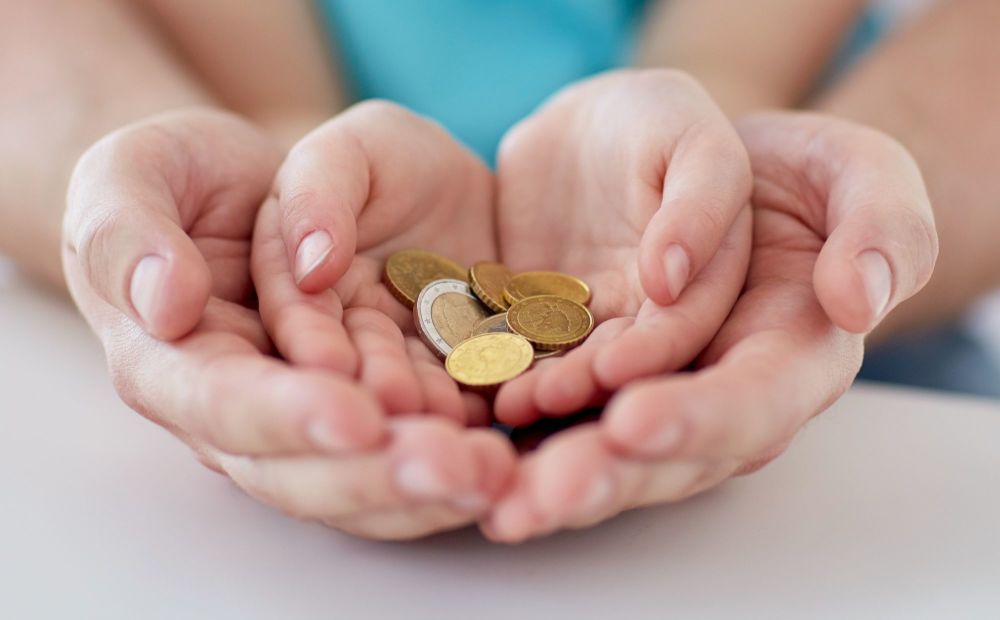How to teach children the value of money
Posted on
Some life lessons are harder to learn, and they cannot necessarily be taught. You can tell children not to jump on furniture until you start to lose your voice, but they may not listen until they fall and get hurt once or twice. Other important lessons in life are much easier to learn (without injury) and just as easy to teach.

Money is one of those lessons and is something that we use every day. Teaching children the value of money begins at home, however. From learning the value of each piece of currency to seeing the way that parents handle their own finances, the value of their earnings begins at home. I remember my mom worrying about money when we were kids and I always said that I would never want my own children to have that consciousness from a young age.
However, for a parent, teaching your children the value of money also means learning to give them a little responsibility early. For children to learn any lesson, they must essentially learn on their own although parents still play an important role. For instance, a younger child saving for a new toy learns about financial choices like buying the toy or not.
Ob the flip side, if the child decides not to buy the toy, his parents can change his mind by letting him know that they cannot buy him everything he asks for. Older children who receive allowances can be given more control over their money, and therefore the consequences of either saving or spending. Teaching them how to budget for long-term goals is also important but may take a little more patience.
Teaching your children the value of money when they are older begins more with parents than at school. Teachers can show them balance sheets and accounting, but examples set by parents can have lifelong effects. If a child sees their parents always overspending and buying whatever they want despite the consequences, they may figure that this is okay.
If parents reinforce saving money, children will more likely want to save money that they earn on their own. Opening a savings account for older children, even if it is only for allowance, can show them how beneficial saving is, and how interests accumulate over time.

For some families it is a learning process because money is a large part in today’s society. The earlier your children learn how to manage it, the better their chances of having a more secure future. From saving grandma’s change for a new toy to saving their first monthly wages for their first car, the value of money is among important concepts children can learn.
I also think that sometimes, I need to reign in my own spending habits and remind myself!






Add a comment: